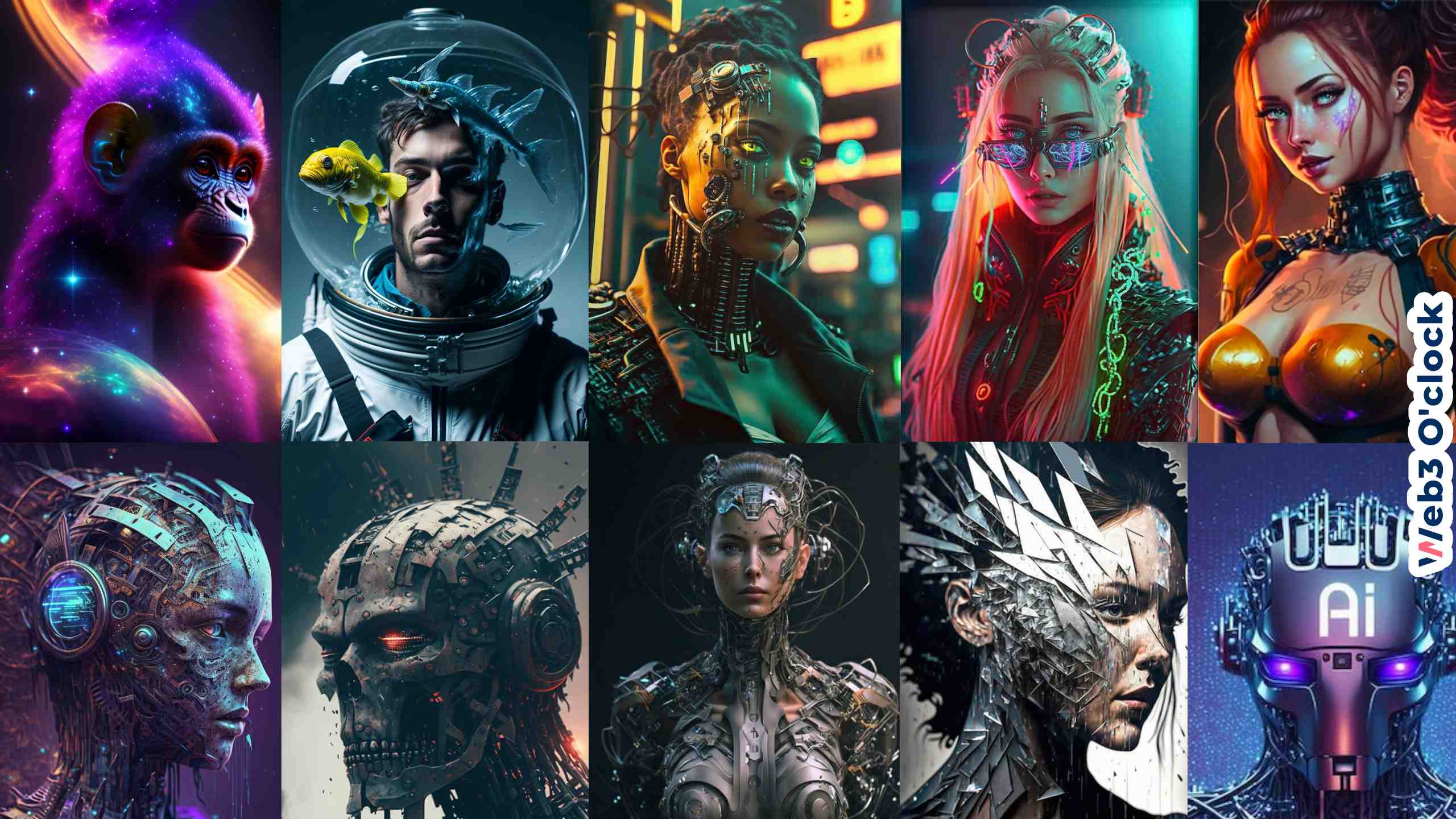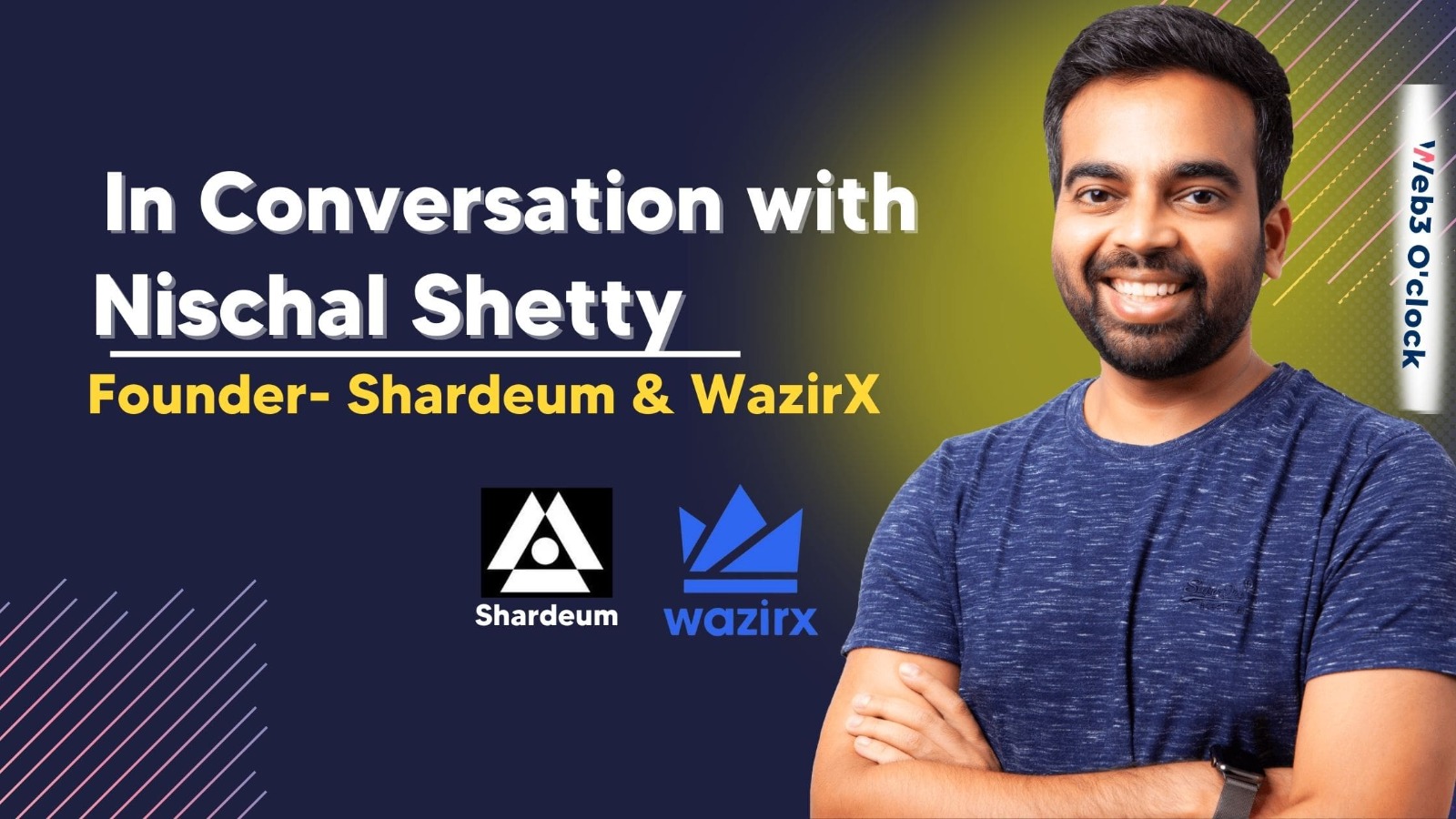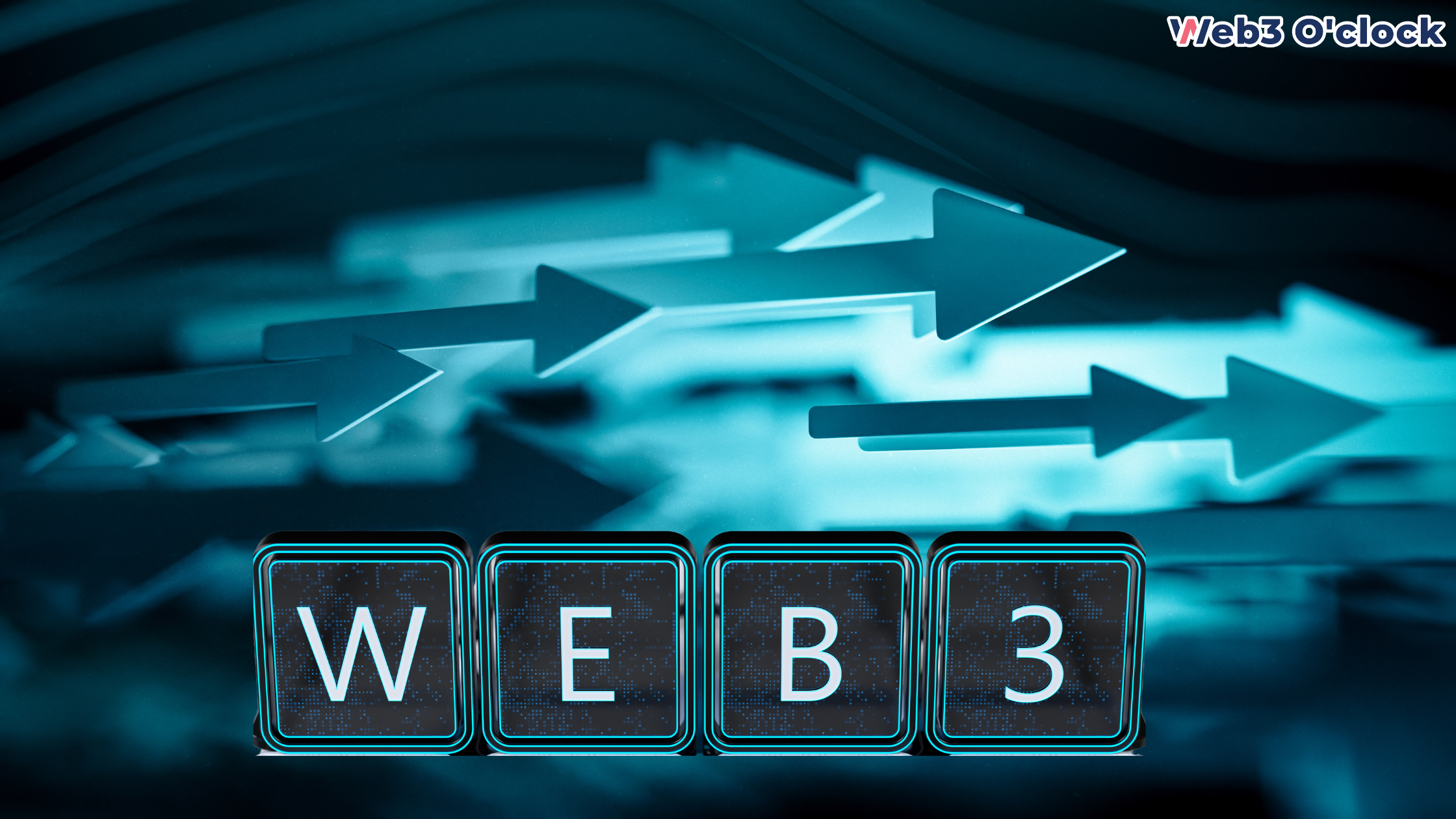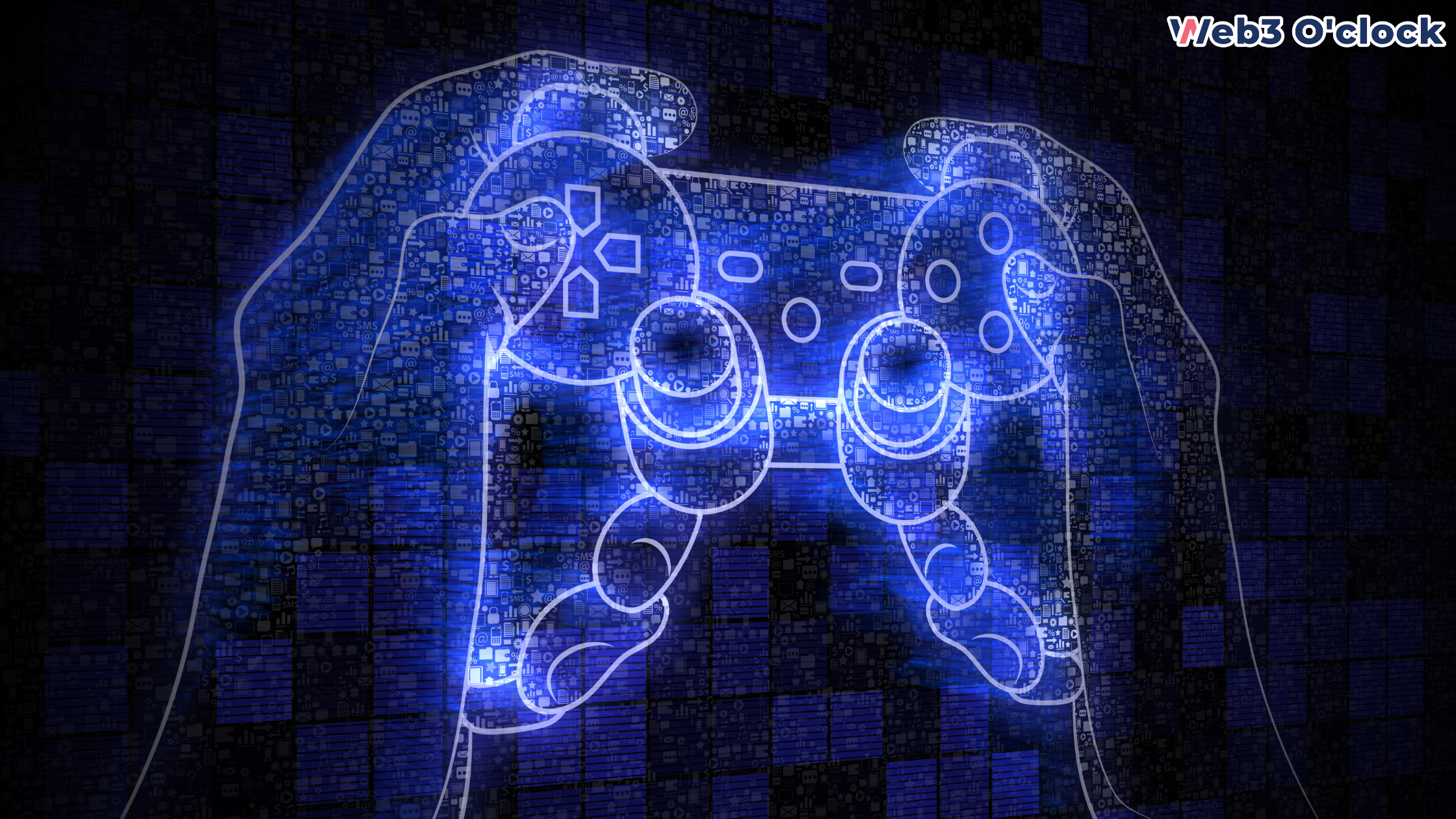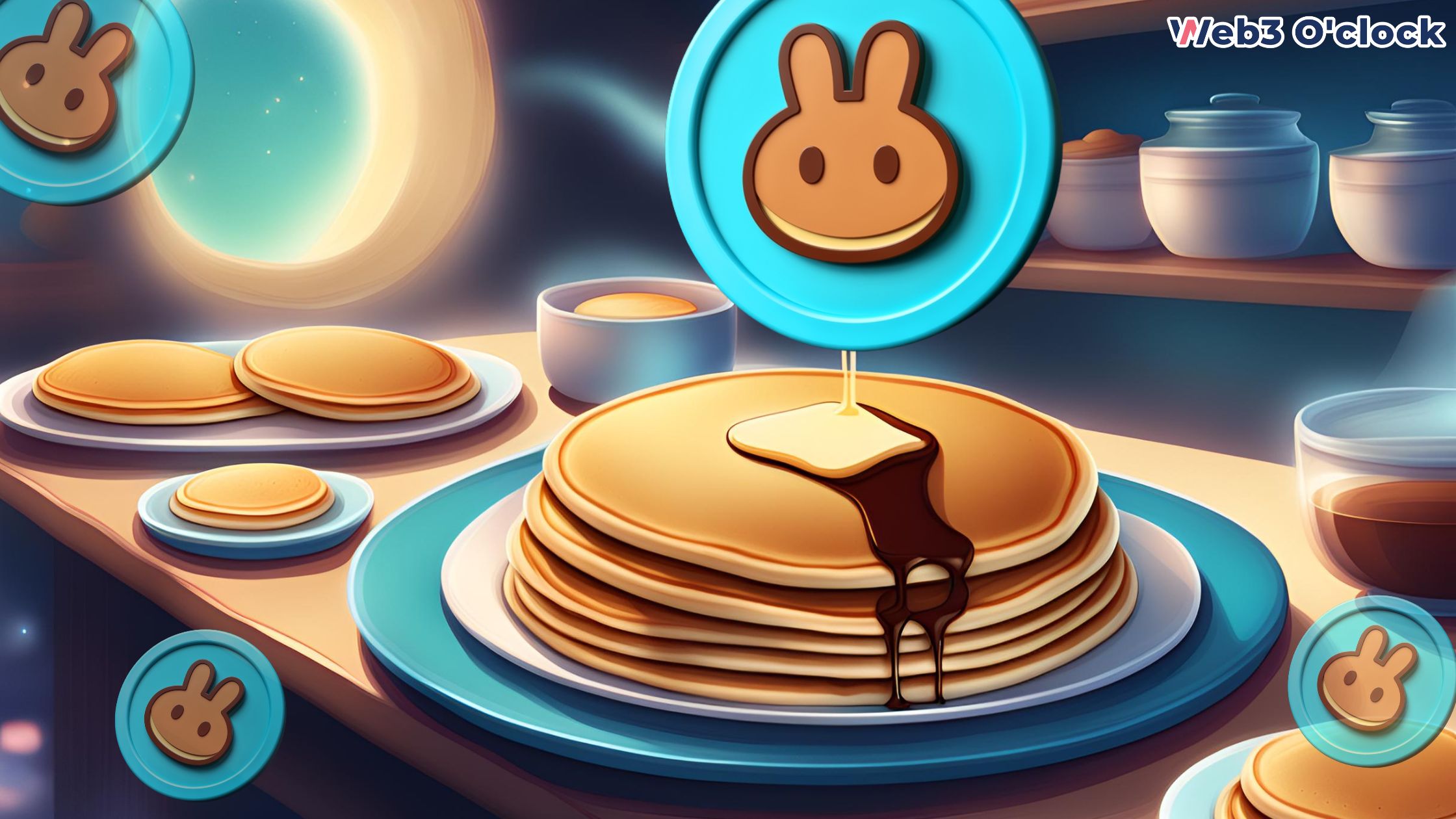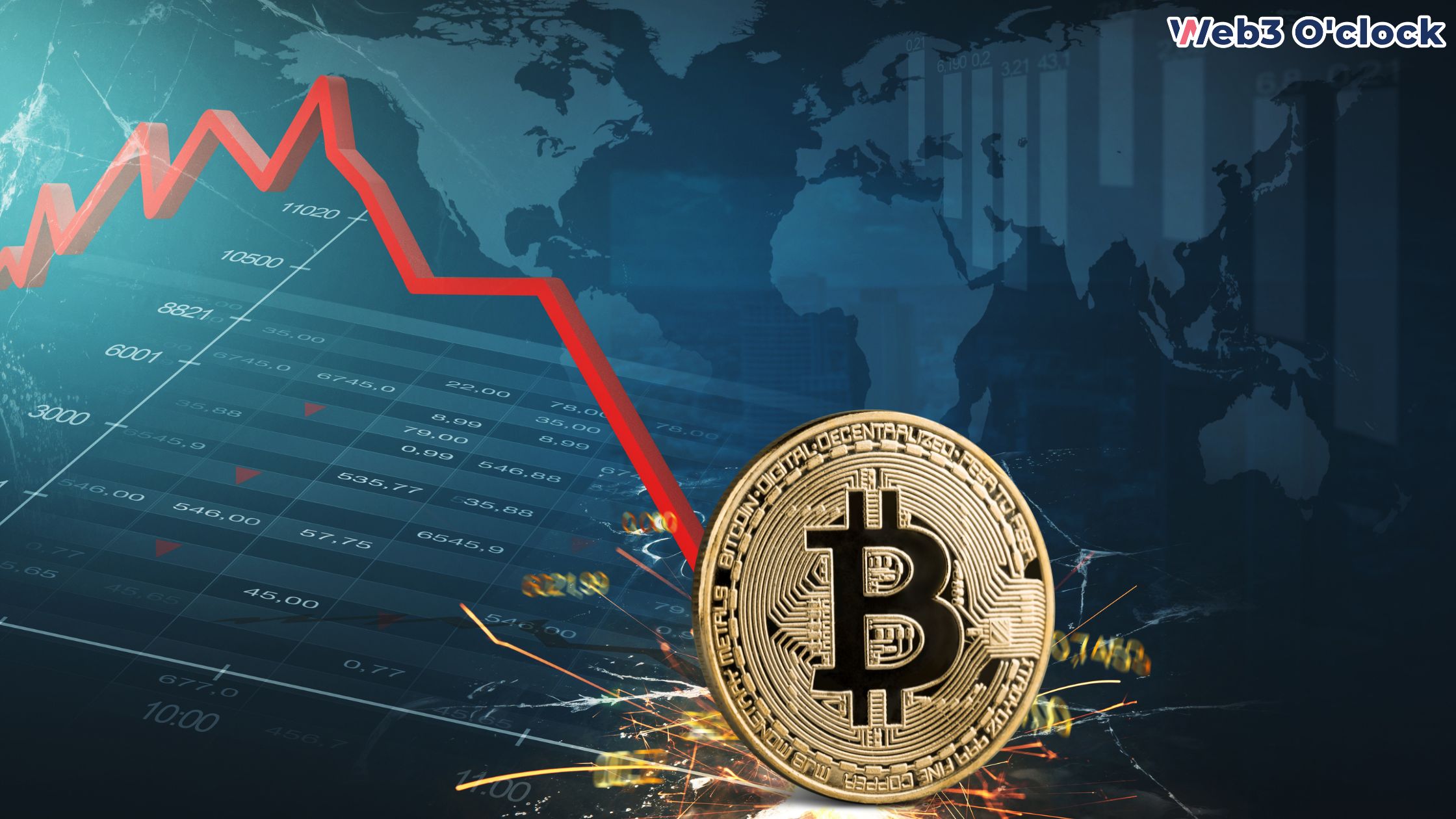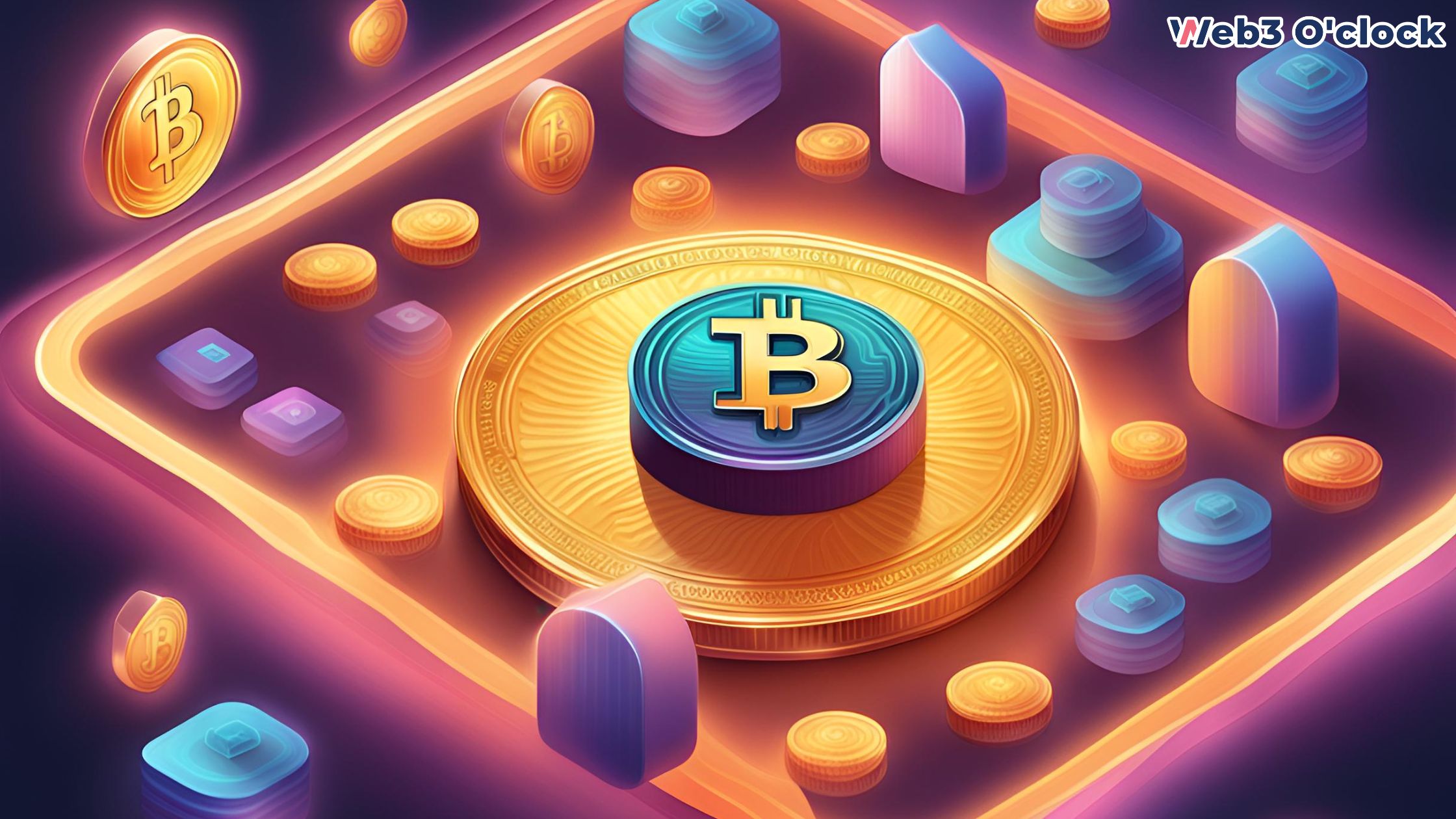Are you up to date with the latest trend that’s creating waves in the tech world? If not, you could be missing out on one of the most captivating and groundbreaking developments of the year. Non-fungible tokens, or NFTs, have exploded in popularity, with buyers around the world spending millions in a burgeoning crypto market. But NFTs aren’t just a passing fad – they represent a larger shift in technology that includes the emergence of the metaverse and Web 3.0. Now, thanks to rapid developments in artificial intelligence, a new generation of NFTs is poised to change the game entirely. In this blog post, we’ll explore the potential of AI NFTs and what they could mean for the future of technology.
What is an AI NFT?
Artificial intelligence (AI) is a technology that allows computers to mimic human intelligence and perform complex tasks like decision-making, problem-solving, and learning. In the past decade, AI and related technologies have grown rapidly and have become a part of our daily lives. Some artists and project teams have started to incorporate AI models into NFTs, which are digital assets that are stored on a blockchain.
AI-generated NFTs are digital artworks or collectibles that are created using artificial intelligence algorithms. These algorithms use machine learning techniques to learn patterns and generate new content based on that knowledge. For example, an AI algorithm can be trained on a dataset of thousands of images and learn to create new, unique images that resemble the ones it has seen before.
Let’s say you have an AI-generated NFT of a digital painting. The AI algorithm was trained on a vast collection of paintings from different artists and art styles. When you request a new artwork, the AI algorithm takes your preferences into account and generates a completely original painting based on what it has learned. This painting is then minted as an NFT, making it a unique and one-of-a-kind digital asset that you can own and trade.
The beauty of AI-generated NFTs lies in their ability to create endless variations and combinations of styles, themes, and aesthetics.
Each AI-generated NFT is unique and can evolve over time, offering a dynamic and ever-changing experience for collectors and art enthusiasts. These NFTs bring together the power of artificial intelligence and the uniqueness of non-fungible tokens, opening up exciting possibilities in the world of digital art and collectibles.
In addition to being able to interact with people through user input, AI NFTs can also have animations and other features that make them more dynamic than traditional NFTs, which are usually just image or audio files.
What is the difference between AI NFTs and Regular NFTs?
NFTs are digital tokens that serve as proof of ownership for an underlying asset and possess unique, indivisible, and immutable properties. However, many first-generation NFTs, such as CryptoPunks, are limited in their ability to evolve or interact with users.
In contrast, AI NFTs offer the potential for generative evolution and dynamic experiences due to their self-learning abilities. They can adapt to their environment or user, creating increasingly complex tokens over time. With these intelligent and upgradable properties, AI NFTs have the potential to revolutionize digital collectibles.
Through their self-learning abilities, AI NFTs can generate new content and integrate dynamic experiences into their smart contracts. They can adapt to user conversations and moods, continually evolving to create increasingly complex tokens.
Overall, AI NFTs represent an exciting fusion of AI and blockchain technology, enabling the perpetual upgrading of technological structures. As these projects continue to develop, we can expect to see a whole new realm of possibilities for digital collectibles.
What are the benefits of merging AI and NFTs?
The merging of artificial intelligence (AI) and non-fungible tokens (NFTs) presents several potential benefits, including:
- Increased Efficiency: AI can be used to optimize the process of creating, selling, and managing NFTs. For example, AI algorithms can automate the creation of NFTs and smart contracts, reducing the time and resources required to launch new projects.
- Enhanced Authentication: AI can be used to improve the authentication and verification of NFTs, reducing the risk of fraud and ensuring the integrity of the NFT marketplace. AI can also help to track the ownership and provenance of NFTs over time.
- Improved Discoverability: AI algorithms can help to surface relevant NFTs to potential buyers and collectors, based on their interests and preferences. This can help to increase the visibility and discoverability of NFTs, making it easier for artists and creators to reach new audiences.
- Greater Personalization: AI can help to personalize the NFT experience for individual collectors and investors, tailoring recommendations and insights based on their unique preferences and behavior. This can help to build stronger relationships between creators and collectors and drive greater engagement and loyalty.
- New Creative Possibilities: The combination of AI and NFTs can open up new creative possibilities for artists and creators, allowing them to experiment with new forms of digital art, music, and other media. AI can also help to facilitate collaboration between artists and collectors, allowing for new forms of shared ownership and creative expression.
How can an AI NFT be used?
Integrating artificial intelligence capabilities into NFTs can pave the way for unprecedented personalized experiences, which were previously unattainable by other technologies. This new experiment has already piqued the interest of several prominent figures.
Alethea AI, a project funded by Mark Cuban, is the pioneer in this field. They have introduced intelligent NFTs or iNFTs, which enable users to incorporate AI animation, interaction, and voice synthesis capabilities into their NFTs. According to Alethea, its unique AI protocol provides creators worldwide with an opportunity to produce interactive and intelligent NFTs, create communities and intellectual property around their beloved characters, and make powerful Synthetic Media tools more accessible.
The project’s slogan “Give your NFT superpowers” encapsulates the limitless potential of this new range of non-fungible tokens. Alethea has already demonstrated the capabilities of its iNFTs by selling its first AI-powered avatar, “Alice,” for an impressive sum of nearly $478,000 at a Sotheby’s auction held last year.
“Alice” distinguishes itself not only from conventional NFTs but also from traditional virtual influencers, which are typically created and managed by humans. This NFT can simulate human speech and interaction autonomously, even lip-syncing to match the speed of the conversation in real time. As Virtual Humans, a platform dedicated to news about virtual influencers, points out, “While she may not be an influencer, this virtual being transcends the limitations of what we previously considered to be an AI, NFT, or virtual human—she embodies all three.”
The potential use cases for intelligent NFTs are virtually limitless, much like other emerging technologies. Brands may be interested in exploring these tokens to take advantage of the benefits of artificial intelligence, such as:
- Creating and distributing content in innovative ways
- Reaching new audiences
- Identifying new trends
- Facilitating real-time responses and adjustments to market factors, such as inventory levels and prices.
Integrating AI capabilities into NFTs opens up a new technological frontier with endless possibilities. In the near future, it is likely that users will encounter tokens equipped with language skills that allow them to engage in conversations and interact with people in any setting. As a result, this type of NFT may become increasingly familiar to users.
A new NFT project, Fuzzle, has been released, offering a groundbreaking opportunity for AI-powered conversation on a variety of topics, such as politics, dating, religion, and crypto. These “living NFTs,” as they are called, are the result of a collaboration between blockchain gaming company Gala Games and Endless AI, built on the Ethereum blockchain. Although these NFTs are still in the early stages of development, they represent a compelling combination of blockchain technology, artificial intelligence, and gaming.
Despite the novelty of intelligent NFTs, the use of artificial intelligence is not new in the blockchain space. AI has already been deployed in a number of use cases, including generating original music, art, and virtual wearables. AI art NFTs, in particular, have been touted as the “next big thing” in the crypto world, with the emergence of successful AI-based art galleries and AI artists like Eponym and Botto. For those interested in learning more, we recommend our Guide to Generative Art.
Some of these projects are looking to transition into the metaverse by leveraging AI to create interactive 3D avatars of users’ portraits in virtual worlds. Sensorium Galaxy, for example, uses artificial intelligence to power its virtual DJs in the metaverse, providing users with unique listening and co-creation experiences.
The Future of AI NFTs
The future of AI NFTs is filled with endless possibilities. With the ability to generate unique and original content, AI models like GANs can add a new level of creativity to the world of NFTs. This opens up a world of opportunities for artists and creators to push the boundaries of what’s possible in the NFT space. AI NFTs also have the potential to revolutionize industries beyond the art world, including gaming, music, and fashion. The combination of AI and blockchain technology creates a secure and transparent system for tracking ownership and authenticity. As the technology continues to advance, it’s likely that we’ll see even more applications of AI NFTs in the future. Ultimately, the potential for AI NFTs is limitless and we’re excited to see what the future holds.
Conclusion
In conclusion, the integration of AI and non-fungible tokens (NFTs) has opened up a whole new realm of possibilities for creators and collectors alike. Even though the marriage between AI and NFTs is still in its nascent stages, it has already shown promising potential to offer innovative and unique experiences. As we witness the current growth of AI NFTs in the Web3 world, it is evident that this amalgamation will continue to push the boundaries and unlock opportunities beyond the art space. It is an exciting time to be part of this new wave of technology, and we can’t wait to see where it takes us next.
FAQs
What is an AI NFT?
AI-generated NFT art is a relatively new genre. It encompasses digital art crafted through generative adversarial networks, or GANs, AI algorithms capable of analyzing extensive data sets, learning, and combining various artistic elements such as color palettes, shapes, and textures.
Do AI-generated NFTs sell?
NFT marketplaces serve as platforms where individuals can buy, sell, or trade AI-generated art as digital assets represented by unique tokens. Platforms such as OpenSea, SuperRare, or Foundation have gained popularity among creators seeking to monetize their digital creations through this innovative medium.
How to use AI in NFT?
Starryai is an AI art generator app that you can use to create NFTs. You simply enter a text prompt and our AI transforms your words into works of art. AI Art generation is usually a laborious process that requires technical expertise, we make that process simple and intuitive.
What is the most popular AI-generated NFT?
Perhaps unsurprisingly, one of the best-selling AI-generated NFT artists isn’t a person at all but a program called Botto.
Can I use AI images for NFT?
The original AI art algorithm, Style Transfer, is a great method for generating NFT art. You start with a photo, then choose a style (or multiple styles in bulk mode), and the AI will recreate your photo in that style.


